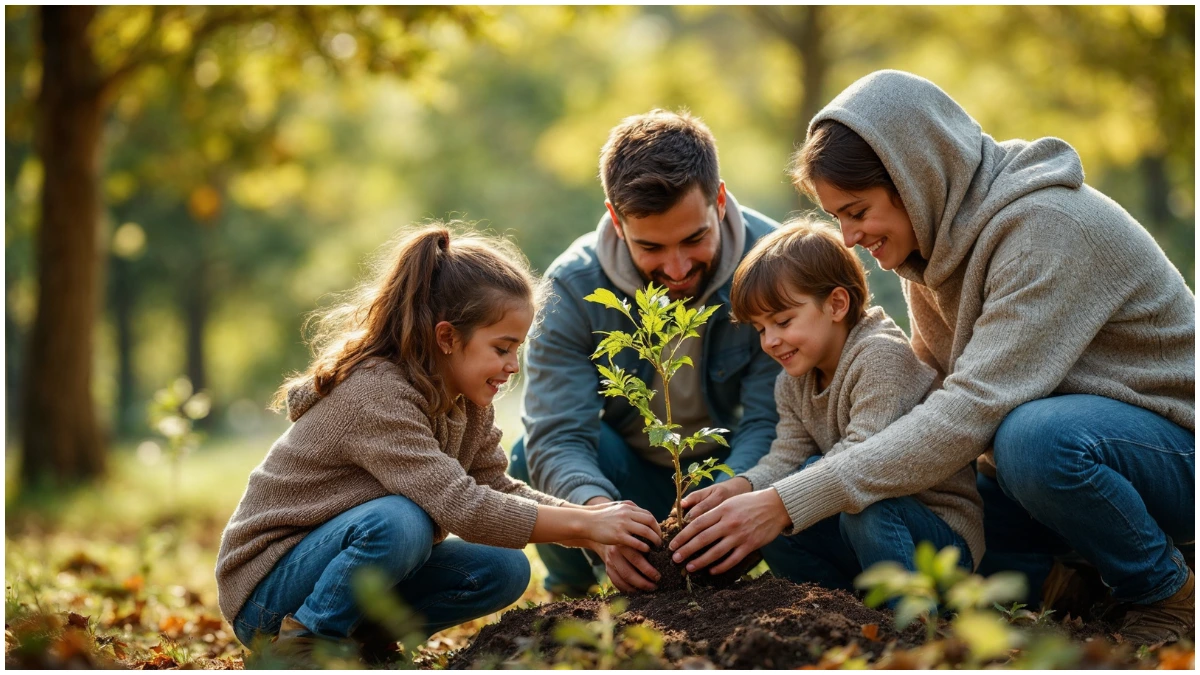Hi, it’s Al with you, and welcome back to The Eco-Friendly Life. Today, we’re diving into an essential topic—teaching sustainability to kids. Early education in sustainability is more than just smart; it’s crucial for preparing the next generation to be eco-conscious and proactive about environmental issues. By introducing sustainability concepts at a young age, we can shape how children perceive the world and their role in protecting it.
In this guide, we’ll explore why starting early with sustainability education matters, how it helps form lifelong eco-friendly habits, and the ways we can integrate these practices into daily life. From teaching the basics and connecting kids to nature to making sustainability fun and engaging, we’ll cover a range of strategies to inspire and educate young minds. So, let’s embark on this journey together and discover how we can nurture the future stewards of our planet.
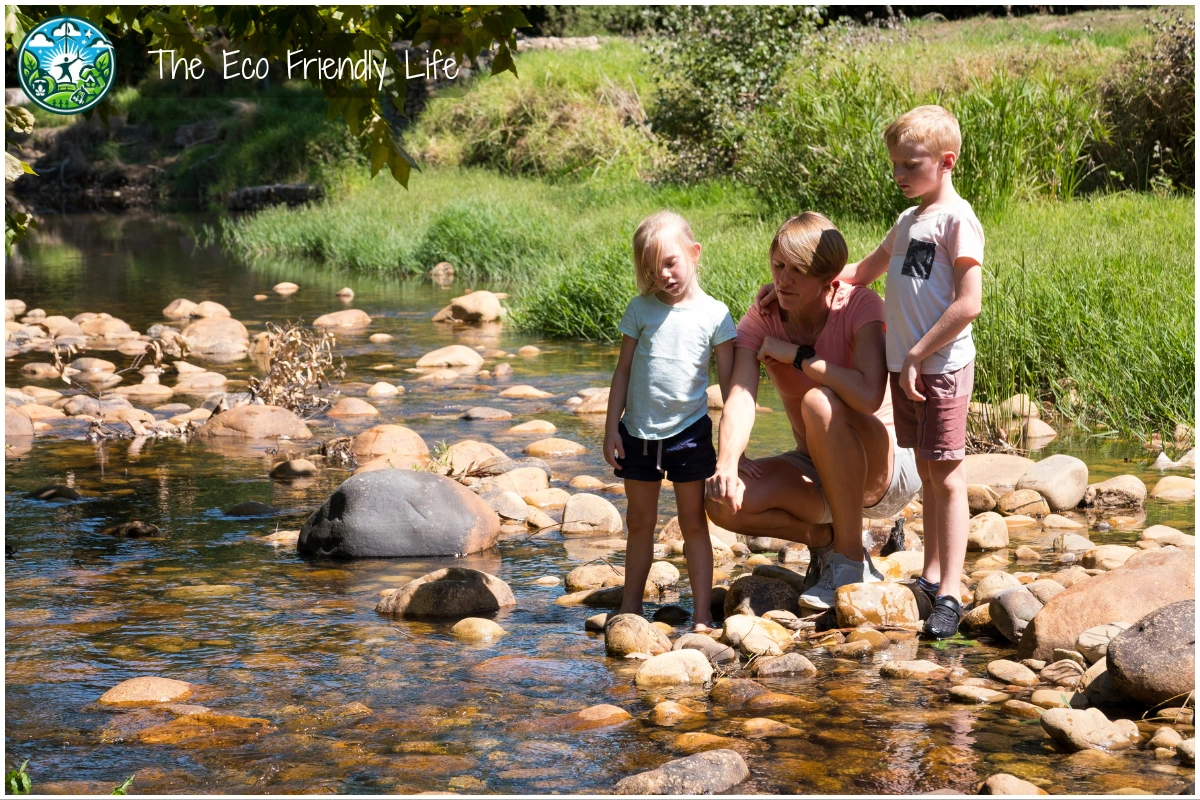
Why Early Education in Sustainability Matters
Start Young Teach Sustainability: Starting kids young with sustainability education isn’t just smart—it’s crucial. Teaching kids about the environment and eco-friendly habits early on prepares them to be proactive, eco-conscious adults. This kind of early education shapes how they perceive the world and their role in it.
Lifelong Eco-Friendly Habits Matter: When kids learn about sustainability, they start forming habits that last a lifetime. From sorting recyclables to conserving water, these practices become second nature. Kids who understand the importance of these actions are more likely to carry them into adulthood, influencing their choices and behaviors.
Young Minds Green Future: Instilling eco-friendly habits from a young age benefits kids and the planet. They become more mindful of their actions, leading to reduced waste and smarter consumption. It’s all about creating a generation that values and protects the Earth.
Future Leaders Of Sustainability: Educating kids about sustainability doesn’t only foster better habits; it builds future stewards of the environment. These kids grow up to be adults who advocate for and lead sustainable practices in their communities. They’re the ones who will champion renewable energy, conservation, and eco-friendly innovations.
Core Concepts of Sustainability for Kids
Teach Sustainability Basics Early: Teaching kids the basics of sustainability is crucial in building a solid foundation for lifelong eco-friendly habits. Start with simple definitions. Explain that sustainability means using resources in a way that doesn’t deplete them for future generations.
Daily Examples For Sustainability: Introduce the principles of sustainability through everyday examples. Talk about reducing waste, reusing items, and recycling materials—a concept kids can easily grasp. Explain how these actions help protect the environment and conserve resources.
Make Sustainability Fun: Fun and engaging activities make understanding sustainability more accessible. Activities like gardening, composting, and crafting with reusable materials provide hands-on learning opportunities. These activities not only teach the concepts but also make them enjoyable for kids.
Connect Kids To Nature: Understanding and protecting nature is another key aspect. Activities that connect kids with nature, such as nature walks, wildlife observation, and outdoor play, foster a love and respect for the environment. Teach them to appreciate all living things and understand their role in the ecosystem.
Engaging Activities to Teach Sustainability
Interactive Learning Is Key: Bringing sustainability to life for kids means making it fun and interactive. Hands-on activities are incredibly effective in teaching these concepts. Start with gardening. It’s a fantastic way for kids to learn about plants, ecosystems, and where their food comes from. They can see the fruits (and vegetables) of their labor, which helps them understand the cycle of growth and the importance of taking care of the earth.
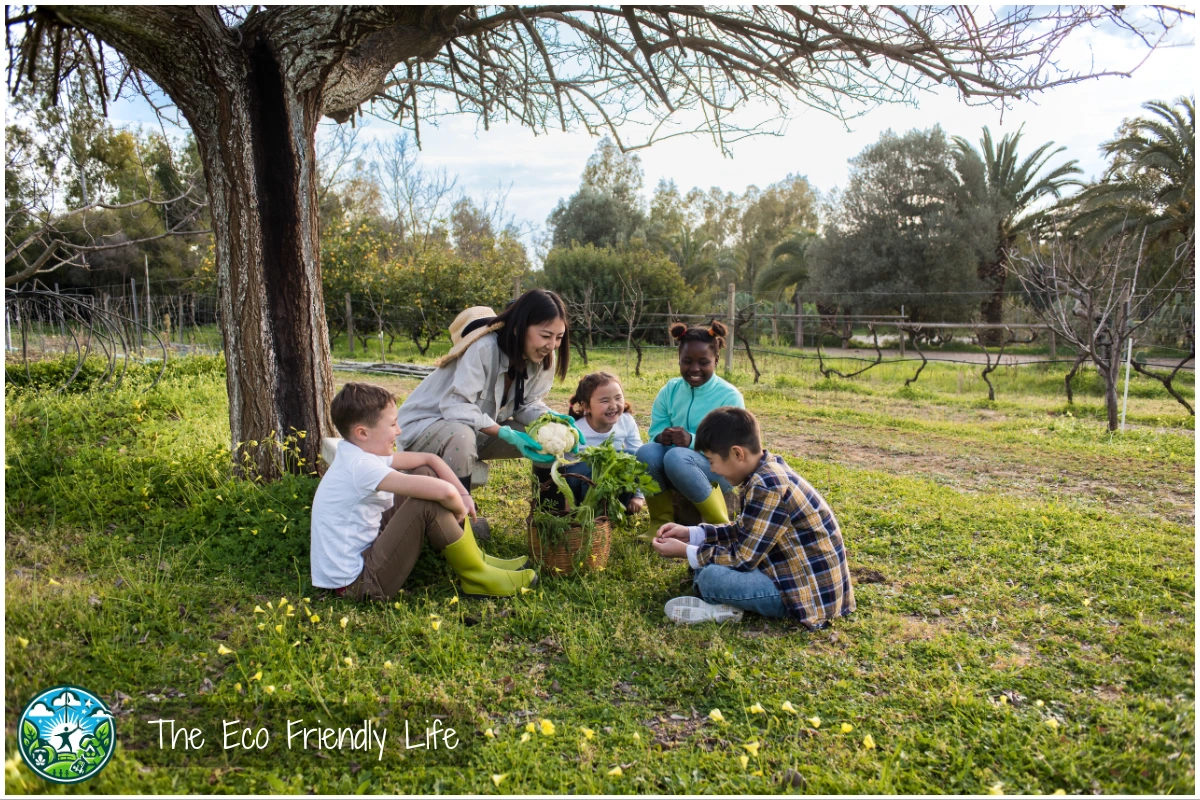
Get Hands-On With Composting: Composting is another great activity. Set up a small compost system at home where kids can actively participate. They’ll learn about reducing waste, recycling organic material, and the science behind decomposition. It makes the concept of waste repurposing tangible and exciting.
Crafting With Recycled Materials: Recycling crafts can be both fun and educational. Use recyclable materials to create art and useful items. This not only fosters creativity but also reinforces the idea that many materials can have a second life instead of ending up in a landfill.
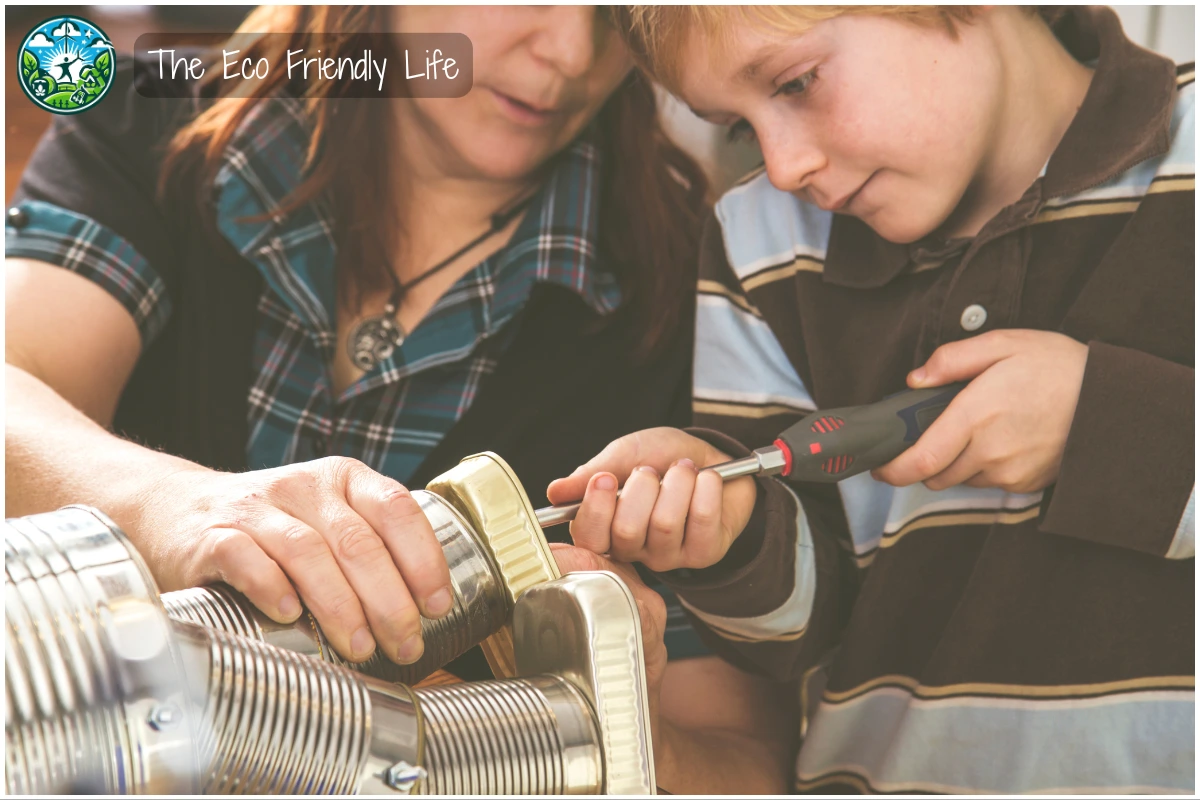
Engage With Digital Learning: Interactive games and educational apps focused on environmental themes can be a valuable resource. These tools make learning about sustainability engaging and accessible. Games that simulate environmental challenges and solutions help kids understand the impact of their actions in a virtual setting, preparing them for real-world decisions.
Routine Activities For Sustainability: Several sustainable activities can become part of regular routines. Turn litter picking into a game. It’s a simple yet effective way to teach kids about keeping their environment clean. Sorting recycling together makes the task fun and routine. Starting a compost system at home offers a hands-on lesson in waste management. Planting a garden teaches responsibility and the benefits of growing your own food. Even making eco-friendly cleaning products together can be a delightful DIY project that promotes sustainability.
Integrating Sustainability into Daily Life
Make Sustainability A Habit: Integrating sustainability into daily routines is where real change begins. Simple habits like turning off lights when leaving a room, conserving water by taking shorter showers, and using reusable items such as water bottles and shopping bags make a significant impact.
Mindful Consumption Starts Now: Encouraging mindful consumption is another crucial aspect. Teach kids to think about what they use and how they use it. Explain the importance of buying only what they need and choosing products with less packaging. This can lead to reduced waste and a more sustainable lifestyle.
Storytelling Inspires Sustainable Actions: Storytelling and media play a powerful role in making sustainability concepts approachable. Books, cartoons, and documentaries focused on environmental themes can make complex ideas easier to understand. They can also inspire kids to take action.
Practical Learning Matters Most: Practical learning comes from engaging activities. Recycling games are both fun and educational, teaching kids to identify different materials and sort them correctly. Watching documentaries about animal habitats can foster a deeper appreciation for nature. Participating in community clean-ups not only cleans the environment but also shows kids the collective impact of small actions.
Community and Educational Support in Sustainability
Community Support Boosts Learning: Support from schools and the community significantly enhances sustainability education. UNESCO’s initiatives, like the ‘Sustainability Starts with Teachers’ online course, equip educators with the tools to integrate sustainable practices into their teaching. This ensures that sustainability isn’t just a lesson at home but a consistent theme in children’s lives.
Competitions Foster Global Mindset: The International SDGs Competition, spearheaded by UNESCO and Nisai Group, encourages students globally to engage with green education. These competitions not only foster a sense of global community but also highlight the variety of ways students can contribute to sustainability.
Sustainability In School Curriculum: Schools themselves play a pivotal role. Incorporating sustainability into curriculums helps students see how environmental issues intersect with various subjects. For example, UK year 4 students learn about environmental impacts in PSHE, geography, and science lessons. Embedding these concepts into everyday learning helps normalize sustainable thinking.
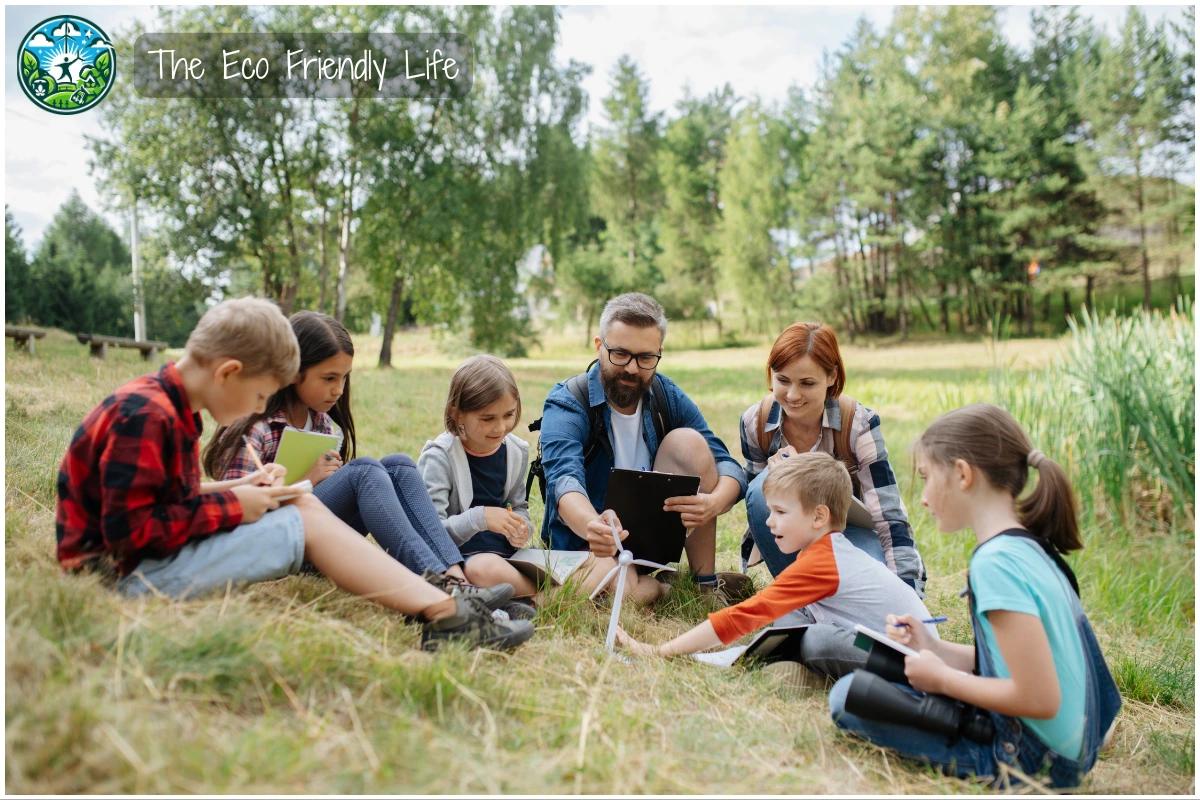
Lead By Example For Impact: Role modeling and leading by example are incredibly powerful teaching tools. When educators and parents demonstrate sustainable behaviors, children are more likely to adopt these practices. Simple actions, like bringing reusable containers to lunch or bike riding instead of driving, set a strong example.
Engage With Local Projects: Community involvement offers practical learning and real-world applications of sustainable practices. Local environmental projects, such as tree planting days or community gardens, provide hands-on experiences. These activities not only educate but also instill a sense of responsibility and connection to the community.
Connect Sustainability To Everyday: Practical learning through activities like recycling games, documentaries on animal habitats, and community clean-ups make the concept of sustainability relatable and actionable for kids. It’s about making real-world connections that stick with them long-term.
Conclusion
In wrapping up our guide on teaching sustainability to kids, it’s clear that early education plays a pivotal role in shaping eco-conscious adults. By starting young, we equip children with the knowledge and habits they need to care for our planet, fostering a lifelong commitment to sustainability.
We hope this guide has inspired you to integrate sustainability into your children’s daily lives through fun and engaging activities. Whether it’s gardening, composting, or crafting with recycled materials, these practices not only educate but also instill a love and respect for the environment.
Thank you for joining me on this journey. I encourage you to start teaching sustainability to the young minds around you. Together, let’s support eco-friendly initiatives and spread awareness.


